By Janis D. Gioia, MAEd.
Meditation calms and comforts anxious children, teens and adults.
In the mindfulness movement that makes headlines almost daily, practices like meditation and yoga have scientifically validated benefits.
Some benefits of meditation can be measured:
- Lower blood pressure
- Reduced heart rate
- Better vascular function
- Improved sleep
- Reduced pain
- A strengthened immune system
Additional reported benefits of meditation include:
- Reduced anxiety and depression
- Improved concentration and executive function
- Increased energy and less fatigue
Children who meditate are more calm, focused, creative, and self-confident.
This sounds great.
We all want our kids to be peaceful, healthy and happy.
But how do you get children, and especially those with special needs like autism or cognitive disabilities to actually sit still and meditate?
For advice on meditation I went to the experts, Cory Cochoilo, a Southern California meditation and yoga teacher, Leslie Hall and Anthony Ford of the New Horizon Holistic Centre in Warrington, England and Thomas Jordan, one of the founders of MeddyTeddy.
(You can find Cory on Insight Timer or on her popular YouTube Channel Cory’s Conscious Living where she has dozens of children’s meditation stories. The New Horizon Holistic Centre’s YouTube Channel and website has guided meditation, sleep meditation and meditation for children.
Getting children to meditate is easier than you think.
Many people think of meditation as sitting on a cushion chanting chanting for thirty minutes or longer.
Maybe that’s how it used to be, but not anymore.
Meditation can be done laying down, sitting quietly, or even walking. And that’s good news for us and for our children.
Ways to Introduce Meditation to Children
Cory says, “The best way to introduce meditation to children is to be the example. If you are not currently meditating, then maybe it is the time to start, and start to meditate visibly, in front of your child. Know that a child can typically sit still for one minute per year of age, so a 3 year old could only sit still for three minutes.”
“This will be a challenge if the child does not have a distraction or activity to be doing at that time,” Cory advises.
Cory, Leslie and Anthony agree that introducing children through guided meditations and stories is a good way to start.
“We have found that the most important thing to do to introduce the child to meditation is to make it something that they look forward to, something that captures their imagination and leaves them feeling better afterwards, “ Leslie and Anthony suggest.
“A good place to start would be incorporating meditation into the bedtime routine. We have many freely available meditations for the children to choose from on our YouTube channel, ranging from flying with unicorns to exploring their very own secret treehouse. There is something for everyone,” says Leslie.
Children with autism and special needs do best with meditations that have a lot of visualizations.
Read a Book
Sometimes the best way to introduce new concepts to children is through books.
Here are some good ones:
Meditation is An Open Sky: Mindfulness for Kids by Whitney Stewart
Breathe Like a Bear by Kira Willey
Sitting Still Like a Frog by Eline Snel
Use a Social Story
Children with autism or other special needs might benefit from a social story to introduce them to meditation.
Here is an example of a social story. Please adapt to your child’s needs.
“It time for bed. I brushed my teeth. I took a warm bath. I have my pajamas on. Now I am ready to meditate. Meditating is part of my bedtime plan. When I meditate I lay quietly in my bed. Mom or dad turns on my favorite story. I close my eyes. I breathe slowly. I breathe deeply. I listen to the story and picture it in my mind. My body relaxes. I feel calm and peaceful inside. When the story is over I go to sleep.”
Use a Script
Using a script, like this example from Cory, may help.
“Now as we sit quietly with our eyes closed, imagine a pretty blue bird is your special friend. It’s come to sit with you while you meditate. Sit still and it may come sit next to you.”
“Relax, take nice long deep breaths and the bird may show you a special trick it does while it flies above your head…deep breaths now…okay, good job, the bird is flying upside down. It can also fly and make different shapes in the sky…what shape do you think the bird is making?”
Adapt the script to meet the needs of your child. If they are fearful of birds, but like puppies, change the story to one that works for them.
By using the brain and imagination, a child who typically would have a hard time staying still and focused will have a much larger chance at just being still, taking some deep breaths, and meditation without even realizing it.”
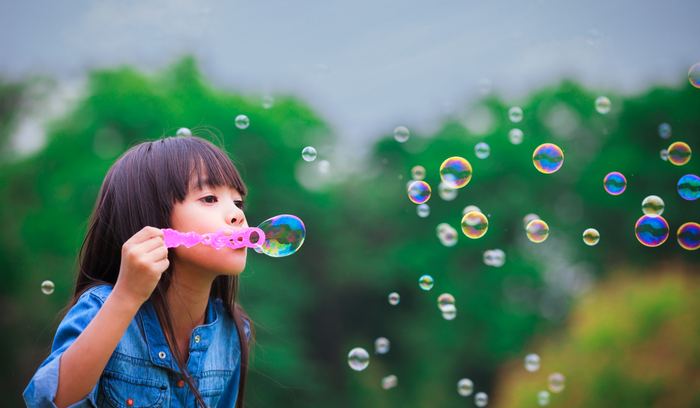
Focus on Breathing
As a yoga teacher told me many years ago, it is the breath that gives healing and peace to the mind, the body and the spirit.
Taking slow deep breaths sends the brain a signal to calm down. It’s the breath that tells the heart rate to slow down, makes the blood pressure lower, and reduces feelings of anxiety and stress.
“The breath is the boss of our physical and emotional state,” Cory explains. “When we speed up the breath be send signals to the brain to be alert, to get ready to go into fight or flight mode.”
“Just taking ten long, slow deep breaths will change your mood, the physical state of your body and your emotions. Just ten breaths….that’s amazing,” Cory shares.
Having children blow bubbles is a great way to introduce taking a deep breath and slowly exhaling. The longer they exhale, the bigger the bubble.
Bubble blowing also helps with anxiety as children can picture their worries, like bubbles, floating away in the breeze.
How to Encourage a Meditation Practice with Children
Make Meditation a Routine
The experts agree that meditation needs to be done daily, or as close to daily as possible. It’s not something you do once a week or a few times a month. Children who practice meditation regularly experience more benefits and overall improved mental and physical health.
“Make meditation as much a part of a routine as brushing your teeth, “Cory advises. “Children are so smart and fast to learn new habits. Make it a daily practice, be consistent in implementing that ritual, and you will have no problem creating a continued practice.”
For children with autism spectrum disorders, routine is crucial. Children with autism and other special needs have trouble with sequential memory and time.
Use a Visual Calendar
Using a visual schedule or calendar helps them by graphically organizing their daily activities and gives them a sense of calm.
They don’t need to worry about what is coming next…they can see it on their calendar.
The Mighty and Bright Company has a variety of magnet calendars for helping children though life’s challenges. The Rainbow or the Hiking/Nature magnets are perfect visual cues for meditation practice.
Make Meditation Fun
Anthony and Leslie say, “We have found that the most important thing to do to introduce the child to meditation is to make it something that they look forward to, something that captures their imagination and leaves them feeling better afterwards.”
If your child enjoys a massage, incorporate a gentle massage before you begin.
Use a favorite essential oil that your child finds relaxing.
Be creative. If a weighted blanket or lap pad helps your child relax, by all means use them. Some children need something to hold when they meditate, like a stuffed animal or a soft scented dough.
Create a Meditation Space
Of course you can meditate anywhere. Anytime.
But sometimes children can focus their attention better when they have a dedicated space. See my ideas for creating a relaxation space in your child’s room or create a special place for meditation with a meditation pillow, a sound machine (or fountain) and a battery-powered candle. Add anything else your child finds comforting and inspiring, like a soothing piece of artwork or some peaceful images from nature websites or magazines.
Try a Meditation Buddy
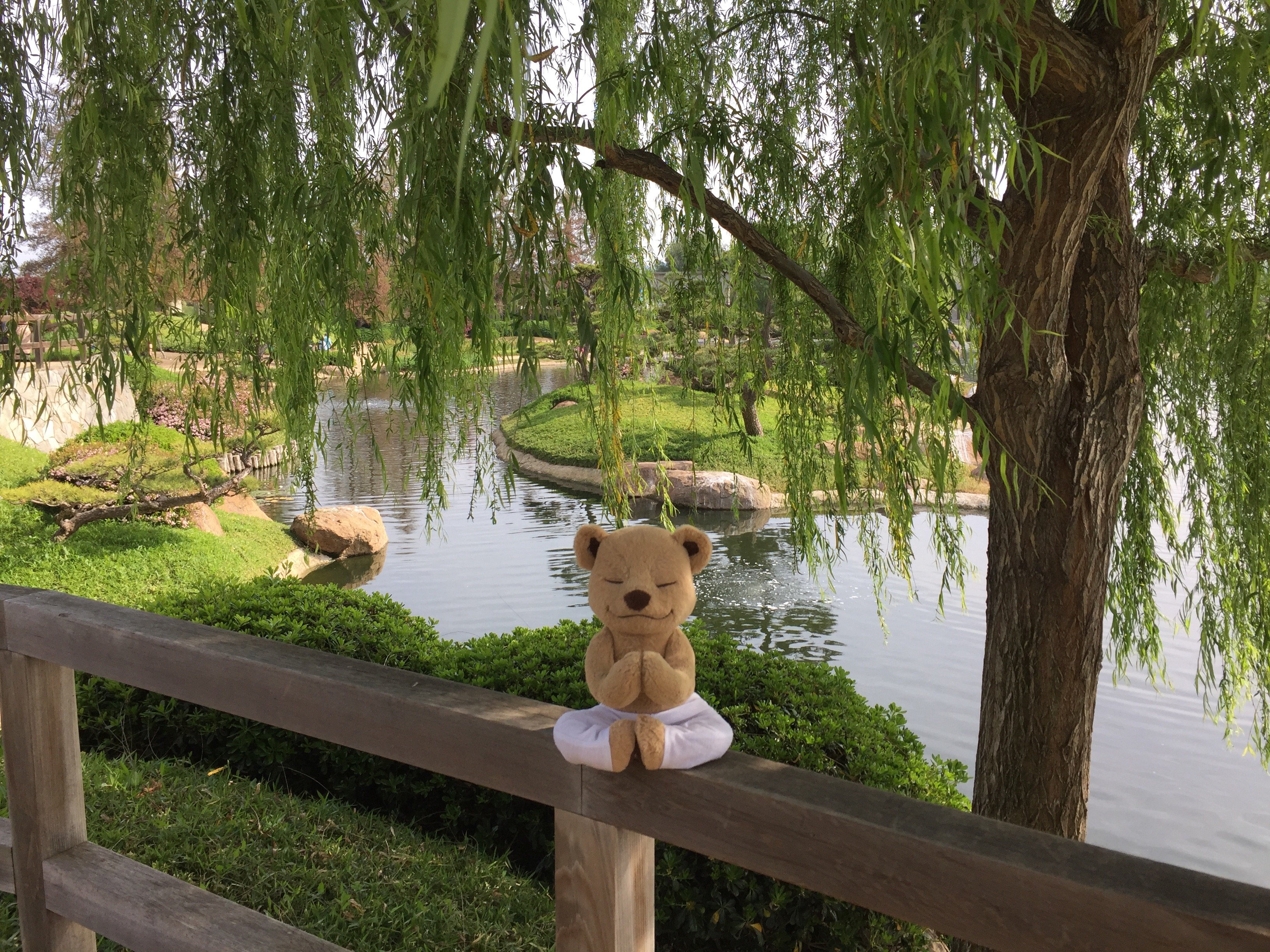
Image courtesy of meddyteddy.com
For young children, having a special meditation buddy might make the practice a bit more fun and relaxing.
Your child might enjoy using a favorite stuffed animal or having one just for the practice of meditation.
My favorite meditation aid for children is The Meddy Teddy. a soft, posable teddy bear who helps children engage their practices of meditation and yoga.
Meddy Teddy can be posed for sitting meditation or in any of a variety of yoga poses.
Thomas Jordan, one of the founders of Meddy Teddy, told me that children enjoy Meddy Teddy because, “He’s cute and peaceful and they naturally know how to imitate him.”
“The sooner children can identify with their own presence and their connection, the less they will need to overcome feelings of anxiety throughout their lives.”
A meditation teddy is calming for children and gives them a visual cue to begin their practice. Children will associate the teddy with the calm they feel when meditating, making the teddy a comfort item during other times of stress.
Meditation is more than just another tool for your child’s “anxiety toolbox.” As meditation becomes a part of your child’s daily routine you will most likely see a reduction in their anxiety and stress levels. Let us know how meditation is helping your child manage anxiety and live a happier life. We love success stories!
Wishing you peace, Jan

By signing up, you’ll also receive your free guide with 20 ways to comfort your child…mind, body and spirit.

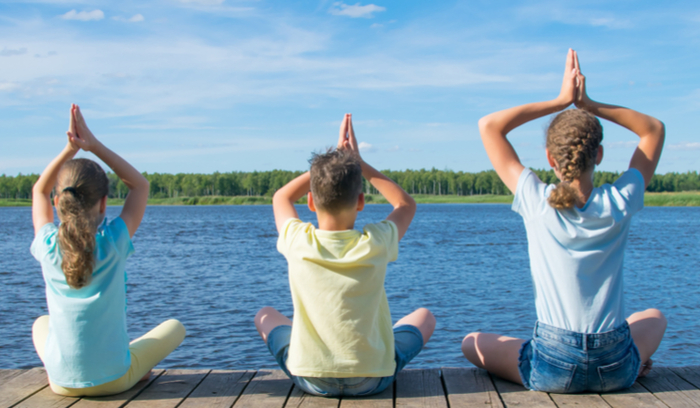
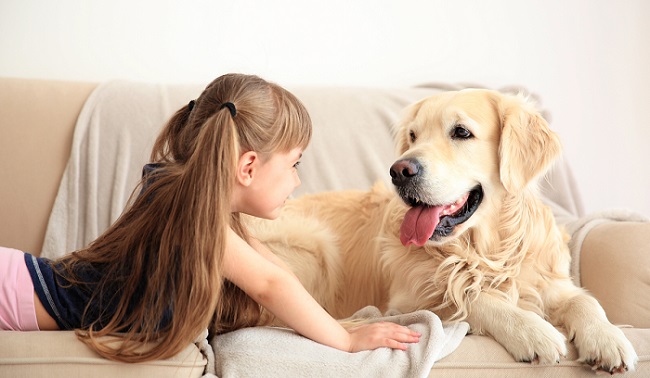

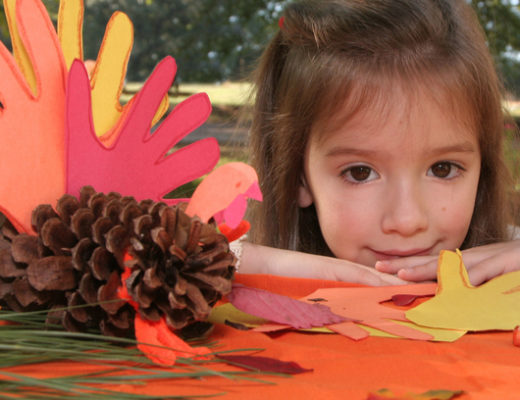

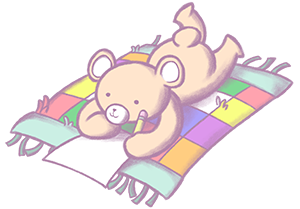
 in Ohio
in Ohio
No Comments